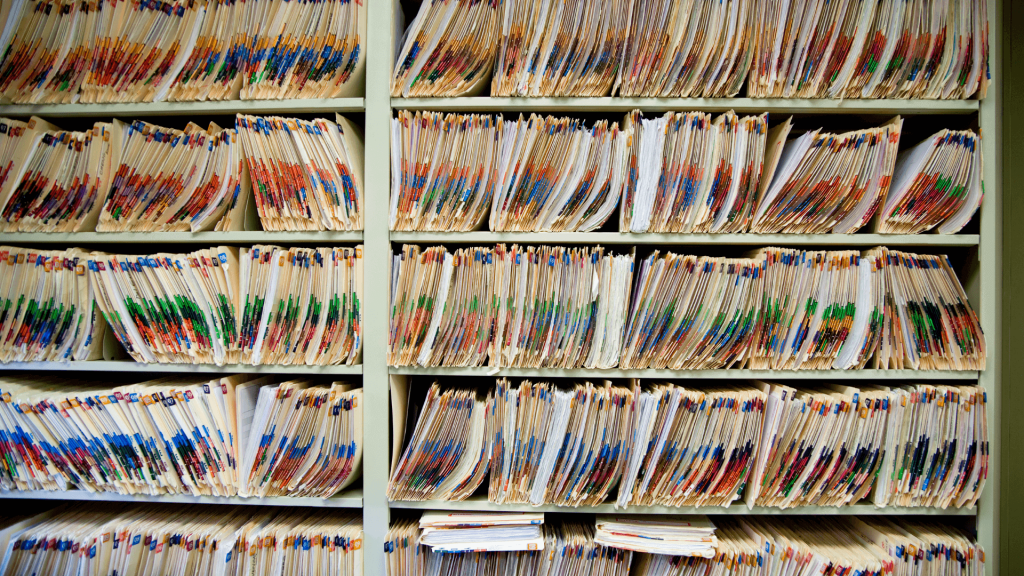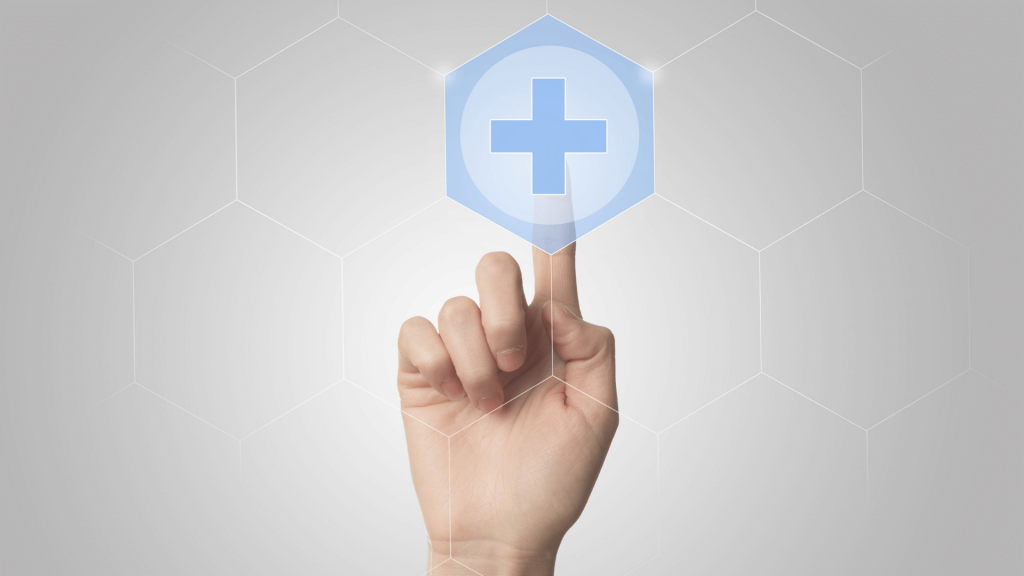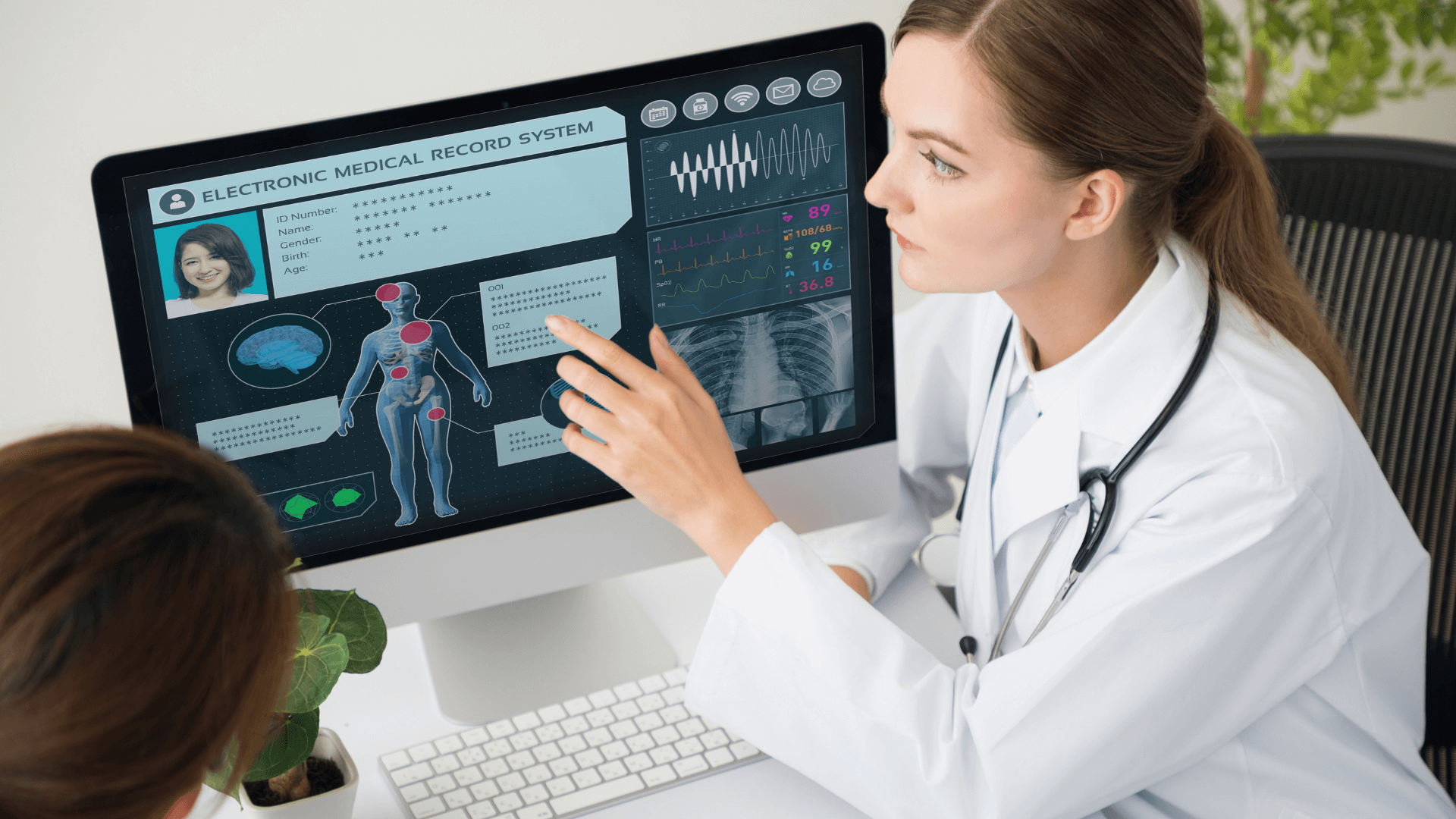What are electronic health records (EHRs), why do governments work so hard to establish EHR systems and how can you make sure that patient data stays safe? Let’s find out.
What are electronic health records?
Electronic health records, also known as EHRs, are digital systems that contain information about a person’s health and medical treatments. In fact, hospitals have been keeping electronic medical records (EMRs) for years, but these were isolated systems so that the data couldn’t be accessed by other health providers.
Now, EHRs are transforming into powerful country-wide electronic systems that let any healthcare professional access the entirety of a patient’s health records. This reduces the probability of medical mistakes and gives access to time-critical health information in emergency situations.

What are the benefits of EHR in physiotherapy?
Imagine having the entirety of your patients’ medical records just a few clicks away. Everything you need to know about their past injuries, surgeries, and medical conditions. Everything you need to know about the medicines they’re taking. You can even see their MRT pictures from years ago if you’d like to learn more about their old injuries.
In countries with advanced EHR systems, health information can be accessed by all medical professionals who treat this patient. For example, a physiotherapist can see the X-ray images taken right after a patient’s injury so they know exactly what happened and can adjust the treatment accordingly.
Easy access to a patient’s entire medical history can drastically improve the quality of patient care. Many health conditions require an interdisciplinary approach, and EHRs help medical professionals coordinate their efforts, leading to more precise diagnoses and more effective treatment. For example, a patient with chronic pain could be treated by a physiotherapist in close collaboration with a psychologist, and physiotherapists who treat postpartum women might want to work together with OB/GYNs.
EHRs also have benefits for patients. Refill prescriptions are easier than ever (message the doctor, get the prescription code via SMS, done). There’s no need to store old medical records and sometimes no need to remember upcoming appointments – some EHR systems can send automatic reminders to patients.
In addition to that, patients can easily switch from one healthcare provider to another without having to request a copy of their medical records and take it to the new provider.
Last but not least: EHRs have put an end to patients’ complaints about unintelligible handwritten prescriptions and notes from their doctors. Neat, standardized medical documentation benefits everyone from patients to doctors and pharmacists, who now make fewer mistakes.

Digitization of physiotherapy
While many countries already use EHRs in some form or another, the implementation process isn’t always 100% complete. Let’s look at three examples.
Estonia as a pioneer
Estonia, known as “the most advanced digital society in the world”, introduced EHRs as far back as 2008. Every patient’s health records are accessible via their ID card and include all diagnoses, prescriptions, lab test reports, ultrasounds, X-ray images and so on. All of this information can be accessed by any healthcare provider, so patients are not bound to a specific doctor or medical facility. In life-threatening situations, ER doctors can access a patient’s medical history within seconds, potentially saving their life.
Electronic medical records in Poland
In Poland, some health records can only be kept electronically (including prescriptions and referrals to other specialists), and it’s not allowed to keep duplicate information in paper-based and electronic records. Many healthcare professionals, especially older ones, still keep paper-based records, even though they’re encouraged to switch to fully electronic records as soon as possible.
Electronic patient records in Germany
In Germany, physiotherapists and psychotherapists are not required to keep electronic health records. However, switching to electronic health records in physiotherapy has numerous benefits, so physiotherapists are encouraged to connect to the national EHR infrastructure starting July 2021. Any costs related to the transition to EHRs will be reimbursed.

EHR and data protection
Cyberattacks on the healthcare sector accounted for 79 percent of all reported data breaches in the US in 2020. By November 2020, Central Europe saw a 145% increase in cyberattacks on healthcare facilities. No wonder: electronic health records are a treasure trove of sensitive personal information.
Personal data is priceless, so choose your EHR software wisely. Look for software products that are fully GDPR-compliant. Otherwise, you risk losing valuable data and your patients’ trust.
Some patients may feel uneasy about EHRs. They believe that storing their data online is less secure than keeping paper files. However, the opposite is true: EHRs are more secure and private. With paper documentation, you never know who gained access to it and read it. With EHRs, any unauthorized attempt to access the files can be logged, tracked, and stopped.
Raccoon.Recovery rehab software for electronic patient records
By the way, Raccoon.Recovery is more than “just” remote rehab software: it can also be used to manage your patients’ personal and medical data such as their diagnoses, rehab goals, test results and other information. The data can be shared between all professionals who work with the same patient. We take data protection very seriously (we work with an established German company to provide absolute GDPR compliance and store data in EU-based data centres), so your patients’ data will be safe with us.
If you’d like to learn more about our solution, please contact us at info@raccoon.world to schedule a free demo where we’ll show you the product and answer any questions you may have.











